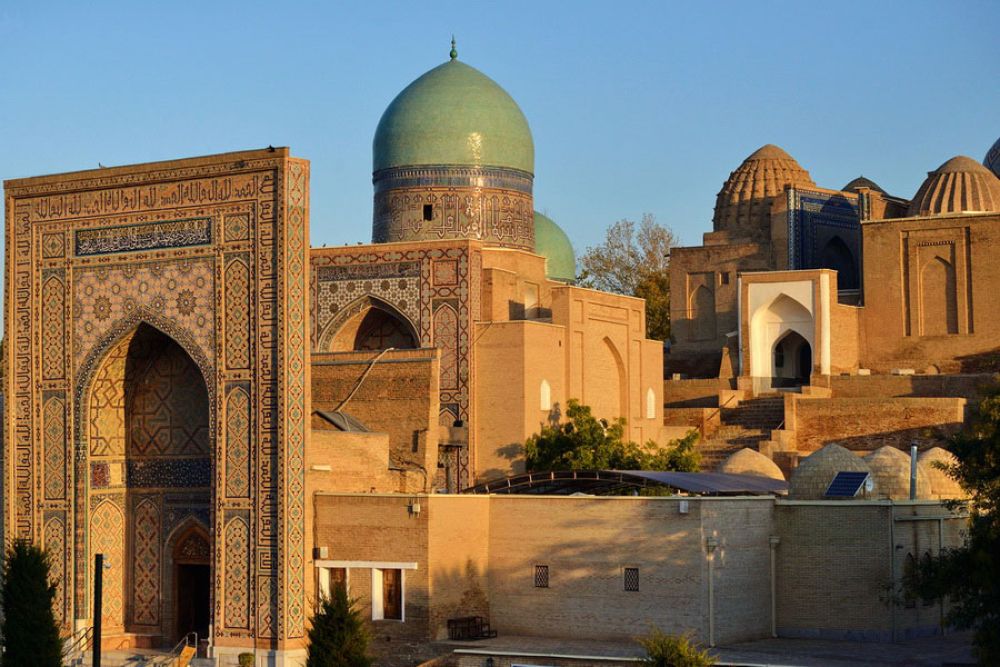

The Shahi-Zinda Necropolis is one of the most revered historical sites in Samarkand, Uzbekistan. Known for its stunning architecture and blue-tiled mausoleums, it is a must-visit destination. Here's how you can reach this iconic site:
For international travelers, the most convenient way to get to Samarkand is by air. The nearest airport is the Samarkand International Airport (SKD), which has connections to major cities such as Moscow, Istanbul, Tashkent, and others. From the airport, you can take a taxi or a bus to reach Shahi-Zinda Necropolis, which is approximately 6 kilometers away, in the north-eastern part of Samarkand.
Samarkand is well-connected by rail, with regular train services from Tashkent, Bukhara, and other major cities in Uzbekistan. The high-speed train, Afrosiyob, offers a fast and comfortable ride from Tashkent to Samarkand in about two hours. From the Samarkand train station, Shahi-Zinda Necropolis can be reached by taxi or bus within a short drive.
If you are already in Uzbekistan, traveling by road is a convenient option. You can hire a taxi, rent a car, or take a local bus from major cities to reach Samarkand. Once in Samarkand, the necropolis is easily accessible by taxi or a short walk from Registan Square, which is another noteworthy landmark.
In Samarkand, you can use local taxis or buses to get around. Taxis are readily available and can be hailed on the street or booked through your hotel. Agree on the fare before you start your journey to avoid any confusion. Alternatively, the city has a network of buses that can take you close to the Shahi-Zinda complex. Look for bus routes that list the necropolis or nearby landmarks as their destinations.
For those interested in learning about the history and significance of Shahi-Zinda, booking a guided tour might be the best option. Many local travel agencies and hotels offer tours to Shahi-Zinda as part of a wider exploration of Samarkand's historical sites.
Remember to check the opening hours as they can vary according to the season, and always respect the local customs and dress codes when visiting religious and historical sites.